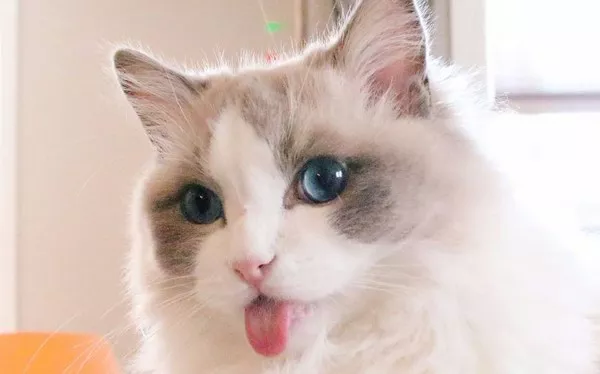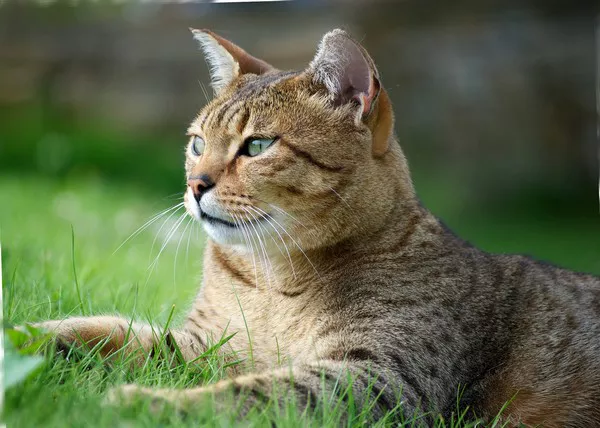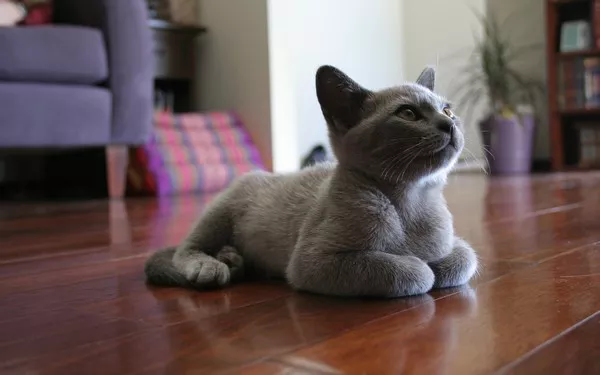Catnip, scientifically known as Nepeta cataria, has fascinated humans and felines alike for centuries. This fragrant herb, a member of the mint family, elicits unique and often entertaining reactions in cats. But what exactly is catnip, how does it affect cats, and why do they go wild for it? In this comprehensive article, we will delve into the captivating world of catnip and explore the science behind its effects on our feline friends.
The Catnip Plant:
Catnip is a perennial herb native to Europe and Asia but now widely cultivated around the world. It is characterized by its heart-shaped leaves, square stems, and small white or purple flowers. Catnip is also known by several other names, including catmint and field balm.
The active compound in catnip responsible for its effects on cats is called nepetalactone. This compound is found in the leaves, stems, and seeds of the catnip plant and is released when these parts are crushed or bruised.
The Feline Attraction to Catnip:
Catnip’s allure for cats is a well-documented phenomenon. Many cats, both domestic and wild, exhibit a range of behaviors when exposed to catnip, including:
Sniffing and Rubbing: Cats often approach catnip with great curiosity, sniffing and rubbing their faces against it. This behavior is an initial response to the scent of nepetalactone.
Rolling and Scratching: Cats may roll on the ground or engage in vigorous scratching, especially if catnip is sprinkled on a surface. This behavior is thought to help them spread the scent over their fur.
Purring and Vocalization: Some cats become more vocal when exposed to catnip, purring loudly or meowing.
Hyperactivity: Catnip can induce bouts of hyperactivity in some cats, characterized by sudden bursts of energy, running, and playful behavior.
Relaxation and Calm: On the other hand, catnip can also have a calming effect on some cats, leading to relaxation and contentment.
Temporary Loss of Interest: After an initial period of intense interaction with catnip, many cats lose interest and may become less responsive to its effects. However, their sensitivity tends to return after a period of non-exposure.
The Science Behind Catnip’s Effects:
The reactions cats exhibit in response to catnip are driven by the interaction between nepetalactone and the cat’s olfactory (smell) system. When a cat encounters catnip, the following process occurs:
Smelling the Scent: Cats detect the scent of nepetalactone through their olfactory receptors, located in the nasal tissue.
Brain Response: The scent of catnip triggers a response in the cat’s brain, particularly in the olfactory bulb and the amygdala, which are associated with emotions and sensory processing.
Behavioral Reactions: The brain’s response to catnip leads to the wide range of behaviors mentioned earlier. It’s important to note that not all cats react to catnip, and the intensity of the response can vary among individuals.
Duration of Effects: The effects of catnip are temporary, typically lasting around 10 to 15 minutes. After this period, most cats lose interest and may even become less responsive to catnip for a while.
Sensitivity and Tolerance: Cats can build up a tolerance to catnip if exposed to it frequently. This is why it’s often recommended to use catnip as an occasional treat or enrichment tool.
Why Are Cats Attracted to Catnip?
The attraction to catnip is believed to be a combination of genetic predisposition and an evolutionary advantage. While not all cats are sensitive to catnip, it is estimated that about 50-70% of cats do exhibit some form of reaction. The reasons for this attraction include:
Inheritance: Sensitivity to catnip appears to be hereditary. Kittens of cats with a strong reaction to catnip are more likely to inherit this trait.
Enrichment and Play: Catnip can serve as a form of environmental enrichment for cats. It can stimulate play, exploration, and exercise, promoting physical and mental well-being.
Hunting Instinct: Some theories suggest that catnip mimics the scent of prey or a potential mate. This could explain why cats often exhibit hunting behaviors when exposed to catnip.
Stress Reduction: In some cases, catnip can have a calming effect on cats, potentially helping to reduce stress and anxiety.
Seasonal Influence: Outdoor cats may encounter catnip in the wild, especially in regions where it grows abundantly. This natural exposure could contribute to their attraction to it.
Safe and Responsible Use of Catnip:
Catnip is generally considered safe for cats when used in moderation. However, there are some guidelines to keep in mind:
Use in Play and Enrichment: Catnip can be used in toys, scratching posts, or as a sprinkle on a designated play area to encourage physical activity and mental stimulation.
Monitor Your Cat’s Response: Observe your cat’s behavior when exposed to catnip. Some cats may become overstimulated or agitated, so it’s essential to ensure they enjoy the experience.
Avoid Overuse: To prevent tolerance buildup, use catnip as an occasional treat or enrichment tool, rather than on a daily basis.
Individual Variation: Remember that not all cats react to catnip, and sensitivity can vary among individuals.
Safety with Toys: Ensure that catnip-infused toys are made of safe, non-toxic materials and are free from small parts that could be ingested.
Consult a Veterinarian: If you have concerns about your cat’s reaction to catnip or want to explore alternatives for enrichment or stress reduction, consult with your veterinarian for personalized guidance.
Conclusion:
Catnip, with its fascinating effects on cats, remains a source of intrigue and enjoyment for feline enthusiasts worldwide. While the precise reasons for cats’ attraction to catnip continue to be explored, one thing is certain: catnip provides a unique form of enrichment and stimulation for our beloved companions. When used responsibly and in moderation, catnip can be a valuable tool for enhancing the physical and mental well-being of our feline friends, making it a favorite choice among cat owners and their curious kitties.



























